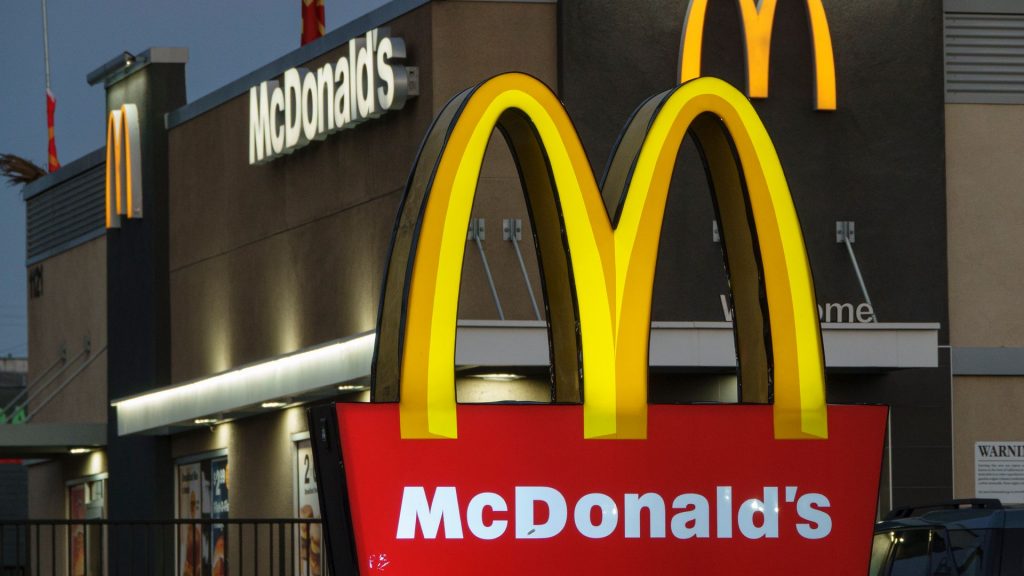Did California’s fast food minimum wage hike lead to job loss?

For a little more than a year, California has required fast food chain restaurants with more than 60 locations to pay workers at least $20 per hour. Did that move end up costing the state jobs?
That depends on who you ask. A new report by the National Bureau of Economic Research shows the 18,000 jobs lost from those fast food chains.
“With respect to employment, we first show that California’s fast food employment was on a similar path as the rest of the United States prior to AB 1228’s enactment,” the study said.
The study found California’s fast-food sector declined by 2.7% relative to employment in that same sector elsewhere in the United States.
Another study from Pepperdine University in 2025 put that number closer to 23,000 fast food jobs lost. But a study released in May from two University of California professors found the wage increase did not reduce employment while allowing workers to bring home more money.
“In combination, positive effects on earnings, null employment effects and a lower-than-full pass-through suggest that employers could adjust margins other than employment to absorb some of their increased wage costs,” the study said.
In April, another study found hiring did decline, but it was outpaced by a decline in turnover, causing total fast-food employment to rise.
California cost of living
The cost of living in California is one of the highest in the country, at nearly $65,000 per year, according to Sofi, a financial tech service.
At $20 per hour working full-time, a worker would bring in just $41,600. At the previous $16 per hour, that number drops to a little more than $33,000 per year.
The $4 per hour increase came after California Gov. Gavin Newsom signed the new minimum into law in September 2023. It took effect on April 1, 2024.
At the time of the increase, Newsom said this plan would help fast food workers get fairer wages and safer working conditions.
“California is home to more than 500,000 fast-food workers who — for decades — have been fighting for higher wages and better working conditions,” Newsom said. “Today, we take one step closer to fairer wages, safer and healthier working conditions and better training by giving hardworking fast-food workers a stronger voice and seat at the table.”
Fast food in California
There are several dozen fast food restaurants with more than 60 locations in the state. Subway has the most followed by Starbucks, McDonald’s and Jack in the Box.
Starbucks and McDonald’s combined to bring in about $12 billion in net profit in 2024, while Jack in the Box posted a net loss.
Subway is a privately owned company, so its financial numbers aren’t readily available.





